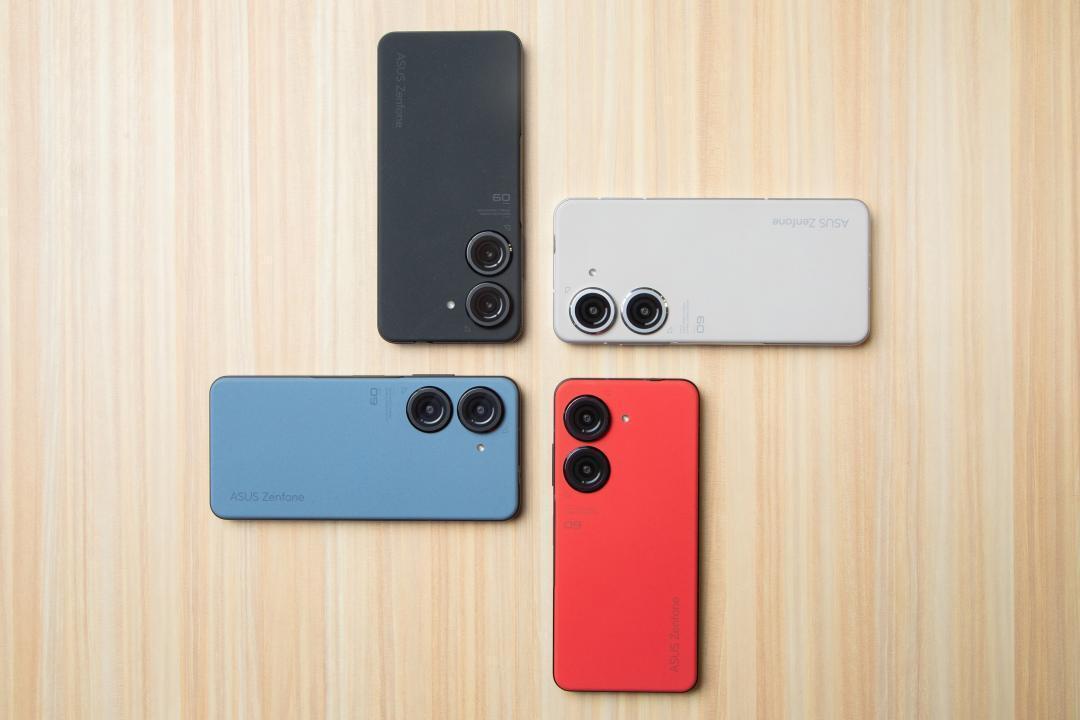Asus筆電收購 收購ASUS筆電 收購ROG電競筆電 收購ACER筆電 收購Msi電競筆電 收購微軟SURF 看全文
Google announces Chromebooks for cloud gaming: the $650 16-inch Acer 516 GE, the $600 16-inch Lenovo IdeaPad, and the $400 15.6-inch ASUS Vibe CX55 Flip asus筆電收購
asus筆電收購
Nvidia’s RTX 4080 and 4090 GPUs are amazing performers. They are also amazingly expensive, starting at $1,200 and $1,500 and going way up for cards from partners like MSI, Gigabyte, and asus筆電收購asus. The 4080 is nearly twice as expensive as the original $699 MSRP for the RTX 3080.
These price hikes are caused in part by pandemic-era concerns like supply chain snarls and inflation and partly by a cryptocurrency-fueled boom (now over, blessedly) that encouraged a network of scalpers to snap up every single high-end GPU they could. Also at play was a lack of competition and the increasing cost and complexity of building gigantic, monolithic chips on cutting-edge manufacturing processes. Today, AMD is trying to solve the latter two problems with the launch of its Radeon RX 7900 series GPUs.
At $899 and $999, the RX 7900 XT and RX 7900 XTX are still objectively expensive—but because they’re not a further escalation over the starting price of the RX 6900 XT, both cards are what pass for a bargain in today’s GPU market. If you’re looking for cards that can consistently handle 4K gaming at 60 fps and higher, these GPUs do it for less than Nvidia’s latest, and they’re good enough and fast enough that they’ll hopefully start driving Nvidia’s prices down a bit, too.
But Nvidia still retains some key advantages that complicate an easy David-and-Goliath narrative. These GPUs don’t quite feel like a Ryzen moment for AMD’s graphics division—a turning point where a scrappy AMD manages to make a big dent in the market share of an entrenched, complacent competitor. But if you can actually find them for their starting prices, they’re the first sign we’ve had in a while that some relief is coming for high-end-but-price-conscious PC gamers.
The RX 7000 series is the third version of the RDNA GPU architecture, also occasionally referred to as “Navi,” after the codenames of the GPU chips themselves. RDNA 3 doesn’t add anything that feels as significant as RDNA 2’s ray-tracing support, but AMD has added plenty of extra hardware and made important under-the-hood changes.
The most significant is a new chiplet-based approach, similar in concept to the one AMD uses for its Ryzen CPUs. Rather than building the entire GPU die on one manufacturing process—increasing the die’s size and therefore the chances that some or all of it could be defective—AMD is building the main Navi 3 GPU die on a 5 nm TSMC manufacturing process and a series of smaller memory controller dies (MCDs) on a 6 nm process. These chips are all linked together with a high-speed interconnect, which AMD says can transfer data at speeds of up to 5.3 terabytes per second.
The main graphics compute die (GCD) contains most of the hardware you think of when you think of a GPU—compute units, shaders, ray-tracing hardware, the media encoding and decoding block, and display output. Both the 7900 XTX and XT use the same Navi 31 GCD, but the XTX runs at higher clocks and has more CUs and stream processors enabled. The XTX has 96 CUs and 6,144 stream processors, while the XT has 84 CUs and 5,376 stream processors. Both cards represent a jump up from the Navi 21 die used in the RX 6900 series, which maxed out at 80 CUs and 5,120 stream processors (and that’s before you account for other performance-boosting improvements).
The MCDs all include a single 64-bit memory controller and 16MB of AMD’s Infinity Cache, and they demonstrate the advantages of a chiplet-based approach. The 7900 XTX has a 384-bit-wide memory bus and 96MB of Infinity Cache, where the 7900 XT has a 320-bit bus and 80MB of cache; to accomplish this, all AMD has to do is remove an MCD. The exact same MCDs can be reused up and down the stack with all of the different RDNA 3 GCDs that AMD chooses to release, from low-end products with a single MCD up to midrange GPUs that use between two and four. Defects in MCD dies won’t require the larger, more complex GCDs to be thrown out or binned, and vice-versa.
In the realm of all-new features for RDNA 3, there are three things of note. First, the GPUs include new AI accelerators, which could be useful both for the plethora of AI-assisted content creation that has sprung up in the last year and for AI-assisted upscaling (if AMD chooses to implement it in some future version of its FSR upscaling algorithm; both DLSS and XeSS use AI for upscaling, but FSR 2.0 doesn’t).
Second, the video encoding and decoding block supports hardware-accelerated encoding for the AV1 video codec, just like the RTX 4000 series and Intel’s Arc GPUs. This should be useful for both content creators and streamers who want to stream higher-resolution video or video at the same resolution while using less bandwidth.
And third, the “Radiance Display Engine” adds DisplayPort 2.1 support to the GPUs. Monitors that take full advantage of DisplayPort 2.1’s extra bandwidth don’t really exist as of this writing, but when they do, RDNA 3 GPUs will be able to drive 4K displays at up to 480 Hz and 8K displays at up to 165 Hz.
 此為ZenFone 9(圖/資料照)
此為ZenFone 9(圖/資料照)
智慧手機哪些規格對你來說最重要呢?華碩近期向外媒《AndroidAuthority》分享 Zenfone 9 旗艦手機用戶數據,發現使用 3.5mm 實體耳機孔的人還不少,且消費者不見得喜歡 100W 以上的高速快充。
華碩指出,有 36.5% 的 Zenfone 用戶每月至少會透過 3.5mm 耳機孔聽一次音樂,有 8.3% 是每天都在用。儘管無線耳機仍是當前的消費主流,仍有不少用戶習慣使用有線耳機,當前僅有華碩、Sony 等少數品牌,持續堅持在智慧手機加入實體耳機孔。
目前 Zenfone 7、8、9 系列提供 30W 快充,沒有如電競取向 ROG Phone 採用 65W 的規格,也沒有其他部分品牌上看 100W,不過多數消費者似乎更在意電池壽命,而非速度。華碩數據發現,有 25% 使用者啟用「穩定充電」功能,犧牲充電速度以減少發熱、延長電池壽命,另 26% 也會用「排程充電」自願放慢充電速度,於指定時間達到 100% 電量。
本週華碩即將發表下一代旗艦 Zenfone 10,據悉也會保留 3.5mm 耳機孔,且首度加入無線充電。還會維持 5.9 吋的小旗艦定位,六軸防手震 Hybrid 雲台系統將迎來 2.0 的升級,另外則是搭載高通 Snapdragon 8 Gen 2 旗艦晶片。
asus筆電收購 asus筆電收購
